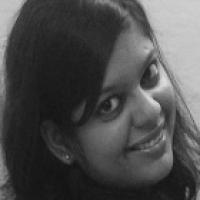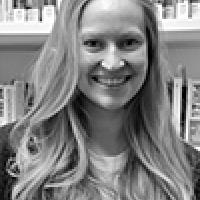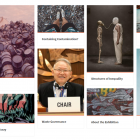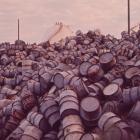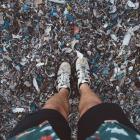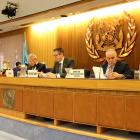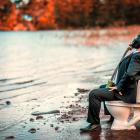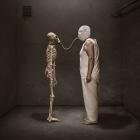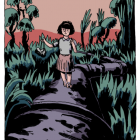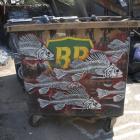About the Exhibition
Modern societies’ hazardous by-products cast a dark shadow over the planet. A threat to humans and the environment alike, hazardous waste comes in many guises: discarded batteries, asbestos, giant ships, or tailings from mining operations. While these objects might not seem dangerous at first sight, they have characteristics and components that make them potentially deadly. This virtual exhibition gives you an insight into the obscure world of hazardous waste, its questionable trade across the globe, and the people successfully fighting for safe and just waste management. The Hazardous Travels research team takes you on a journey both into our research and to the edges of our societies that many prefer not to see.
Acknowledgements
The Digital Humanities open an intriguing space for true teamwork. We, the entire Hazardous Travels research group, are profoundly thankful for this opportunity to develop a virtual exhibition together with the Rachel Carson Center’s Environment and Society Portal. With their dedication and expertise, Kimberly Coulter, Jonatan Palmblad, and Iris Trautmann were crucial in making this exhibition not only happen, but look visually appealing. We also owe a big thank you to the anonymous peer reviewers and their thoughtful insights and suggestions. Finally, we feel honored to exhibit the original work of several artists, including Christian Mayer, Theresa Leisgang, Jonas Fischer, and Amelia Fiske. This exhibition was made possible with the financial support of the German Research Foundation (DFG).
The original exhibition includes video profiles of the authors. Follow the link beneath each image to view the videos online.
About the authors
This exhibition is a joint project of the DFG Emmy Noether Research Group “Hazardous Travels: Ghost Acres and the Global Waste Economy” at the Rachel Carson Center for Environment and Society in Munich. Maximilian Feichtner coordinated this virtual exhibition; he wrote his PhD thesis on the history of oil extraction and contamination in the Ecuadorean Amazon. His fellow PhD students Ayushi Dhawan and Jonas Stuck investigate the ship-breaking industry in Alang, India, and the hazardous waste trade between East and West Germany, respectively. Christina Lennartz is the team’s research assistant, pursuing a B.A. in Business Administration. And finally, Dr. Simone M. Müller is the project director and principal investigator of the research group, exploring the export of hazardous waste from the United States to the rest of the world. You can contact the authors at haztrav@rcc.lmu.de and learn more about their work on Twitter.
How to cite
Feichtner, Maximilian, Jonas Stuck, Ayushi Dhawan, Christina Lennartz, and Simone M. Müller. “Toxic Relationships: Uncovering the Worlds of Hazardous Waste.” Environment & Society Portal, Virtual Exhibitions 2021, no. 1. Rachel Carson Center for Environment and Society. http://www.environmentandsociety.org/node/9273.
The Rachel Carson Center’s Environment & Society Portal makes archival materials openly accessible for purposes of research and education. Views expressed in these materials do not necessarily reflect the views or positions of the Rachel Carson Center or its partners.




